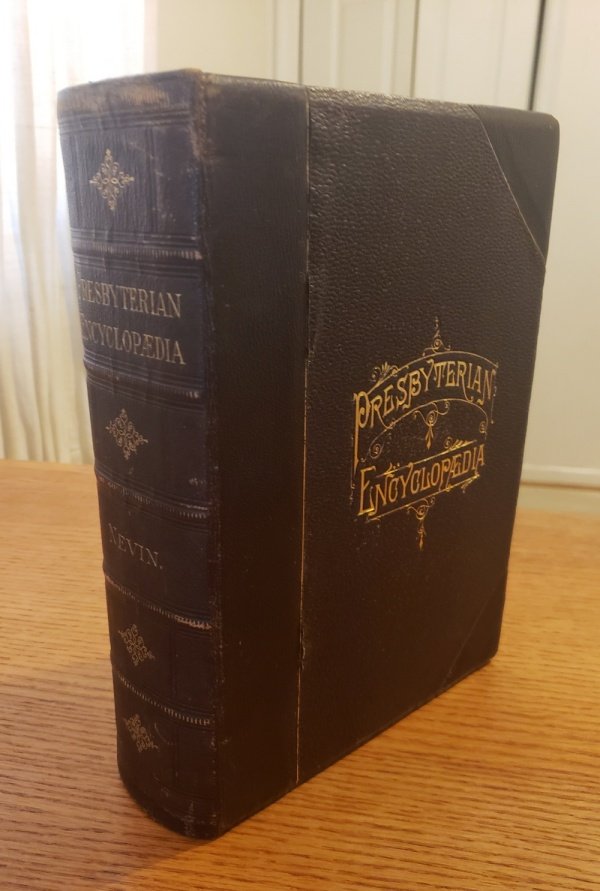(Receive our blog posts in your email by clicking here. If the author links in this post are broken, please visit our Free PDF Library and click on the author’s page directly.)
Now also when I am old and grayheaded, O God, forsake me not; until I have shewed thy strength unto this generation, and thy power to every one that is to come (Ps. 71:18).
The testimony of a long life lived to the glory of God is a powerful one. At Log College Press, there are at least three who lived beyond the century mark.
Arthur Judson Brown (1856-1963, 106) - This “missionary statesman,” a pioneer of the ecumenical and missionary movements, was ordained in 1883 and died 80 years later. He was born in the same year as Woodrow Wilson, was a friend of Herbert Hoover, and he died in the same year as John F. Kennedy. Brown left a profound mark on the Presbyterian Church in the United States of America, and indeed, throughout the world.
William Rankin III (1810-1912, 102) - Rankin served as a ruling elder and (for 37 years) as treasurer of the PCUSA Board of Foreign Missions. At the time of his death, he was the oldest college graduate in the United States.
George Summey (1853-1954, 101) - A “Christian Statesman,” editor of The Presbyterian Quarterly, and church historian (whose research and labors led to A History of the Presbyterian Church in Louisiana [1961], to whom the work was dedicated by the author, Penrose St. Amant), Summey’s legacy was far-reaching in the Presbyterian world.
We may also take note of Robert Bluford, Jr., Presbyterian minister, “Virginian of the Year” for 2011, and author of Living on the Borders of Eternity: The Story of Samuel Davies and the Struggle for Religious Toleration in Colonial Virginia (2004) and The Battle of Totopotomoy Creek: Polegreen Church and the Prelude to Cold Harbor (2014), who has done so much to promote the heritage of the Historic Polegreen Church, where Davies ministered. He turned 103 years old a few days ago.
Another worthy of mention is Ralph Waldo McBurney (1902-2009), RPCNA ruling elder, beekeeper, award-winning track and field athlete and author of My First 100 Years!: A Look Back From the Finish Line (2004), who should not be forgotten. He lived to the age of 106. He wrote in his autobiography: “It is easy to earn gold medals when one has no competition in one's age group!” He, like Eric Liddell, would never race on the Lord’s Day.
Also worthy of note is Walter Alexander Soboleff (1908–2011), the first Native Alaskan to become a Presbyterian minster. He was a Tlingit scholar who did much to promote the rights of indigenous people in Alaska. He died at the age of 102.
Undoubtedly, there are many more who could be named here, but these names must suffice for the present.
Considering the length of days of such as who have lived beyond a full century of life on this mortal earth, a portion of Archibald Alexander’s Prayer For One Who Feels That He Is Approaching the Borders of Another World (see Aging in Grace: Letters to Those in the Autumn of Life, p. 35) comes to mind:
O most merciful God cast me not off in the time of old age; forsake me not when my strength declineth. Now, when I am old and grey-headed, forsake me not; but let thy grace be sufficient for me; and enable me to bring forth fruit, even in old age. May my hoary head be found in the ways of righteousness! Preserve my mind from dotage and imbecility, and my body from protracted disease and excruciating pain. Deliver me from despondency and discouragement, in my declining years, and enable me to bear affliction with patience, fortitude, and perfect submission to thy holy will. Lift upon me perpetually the light of thy reconciled countenance, and cause me to rejoice in thy salvation, and in the hope of thy glory. May the peace that passeth all understanding be constantly diffused through my soul, so that my mind may remain calm through all the storms and vicissitudes of life.




























